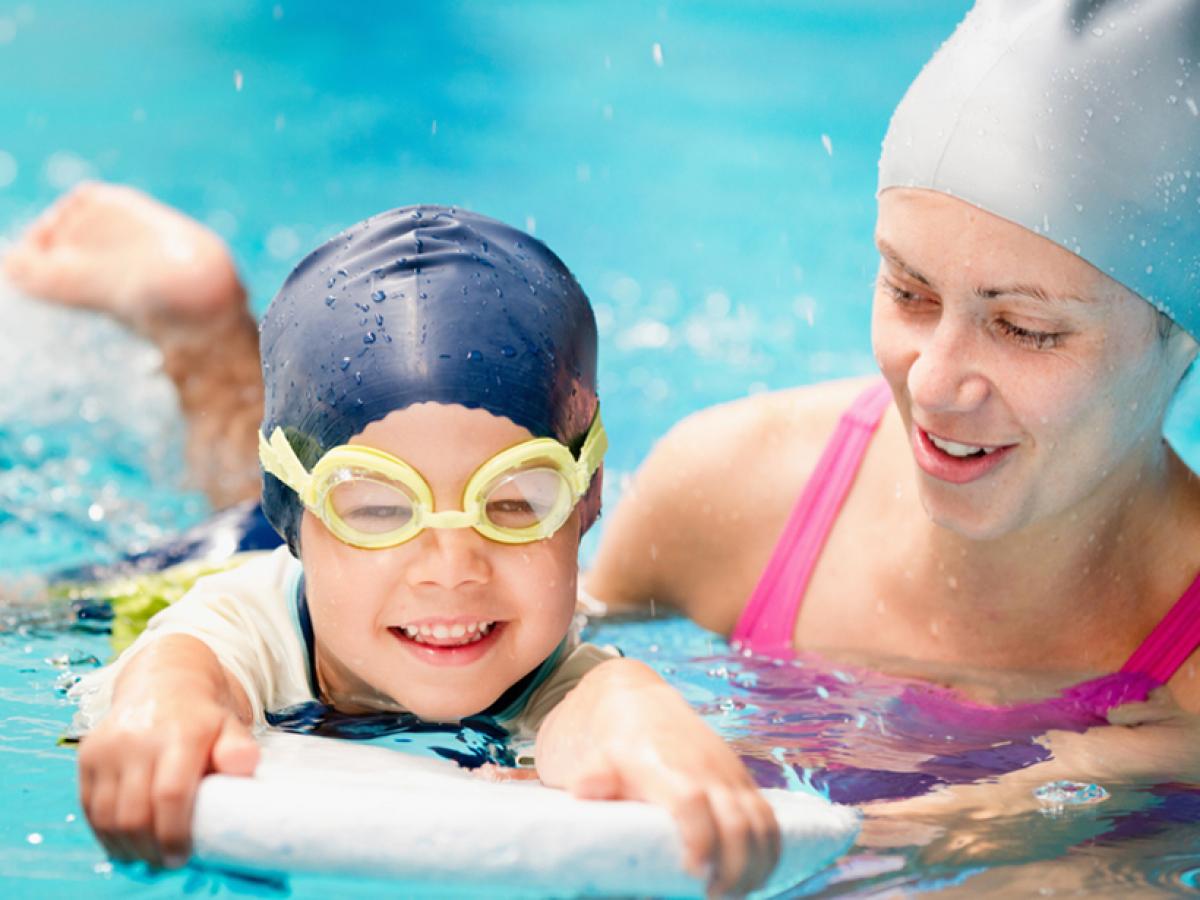July 27, 2020

Go to any pool and chances are you’ll see them — water wings, inflatable tubes, rafts, noodles, etc. There’s no question, pool floaties are a staple of summer, but just how safe are they? If you ask the experts, not safe at all. Here’s why:
Floaties give a false sense of security for both kids and parents
For young kids especially, it can be hard to make the connection that the floatie is what’s allowing them to hold their head above water and breathe versus their own ability to swim. Not only can this tempt kids to get into situations they’re not quite ready for, such as deeper waters or wave pools, but also, they may think they can swim without flotation devices and jump in the next time they’re around water.
For parents, the comfort of seeing their kid floating happily in the water can make it too easy to get distracted by a side conversation or quick break from the pool. Unfortunately, there have been multiple incidents where a guardian looked away for just a moment and a child drowned or nearly drowned because of a flipped-over innertube or wings that weren’t quite tight enough.
Floaties teach kids bad swimming posture
The most popular flotation devices all hold kids in the same vertical position: head up, feet down, arms to the side and relying on legs to move around the pool. While convenient for playing, this sort of position doesn’t teach kids how to maintain their own buoyancy. If a child slips out of the device or falls in water without one, they’re likely to return to this position out of familiarity and will struggle to stay afloat.
Instead, parents should teach their kids proper floating position as soon as possible: lying on their back or floating on their stomach with as much of their body toward the surface of the water as possible.
Safer Options
Although the majority of flotation devices we’re used to seeing each summer are considered unfit for children, there are some safer options for parents to consider. Instead of inflatable plastics, look for flotation devices and lifejackets made from foam and approved by the U.S. Coast Guard. Also, for young kids who may not know how to hold their head above water, choose a device specifically designed to turn kids onto their back if in trouble.


